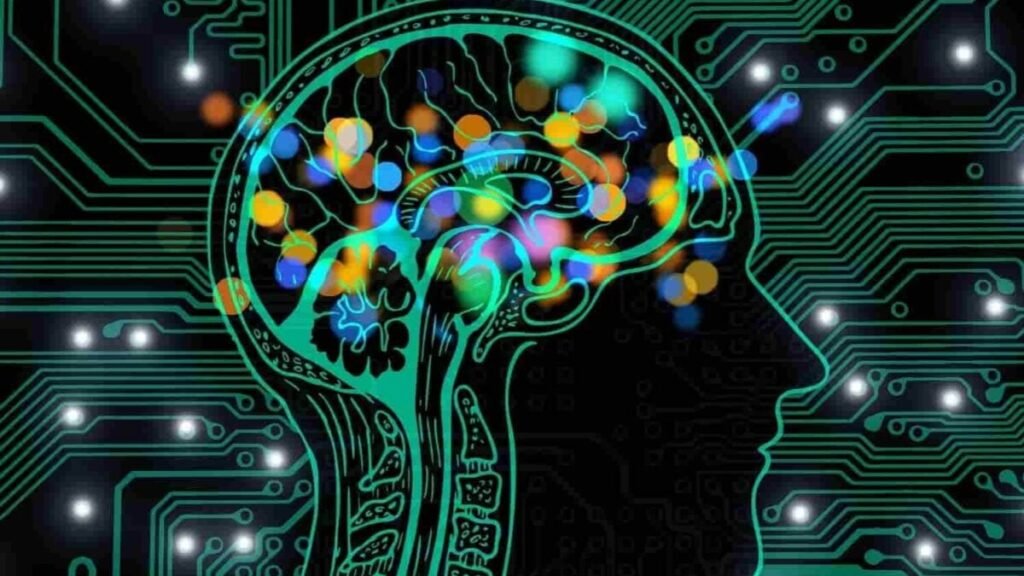Half Conscious, Half Fantasizing: Children Coexisting with Dual Cerebral Hemispheres

Every year, a handful of children around the world – only one in every five million – suffer from such severe epilepsies that only surgery can save them. In the most extreme cases, doctors are forced to disconnect or remove half of the brain to stop the seizures. The amazing thing is that they survive. And they do so with a normality that defies any intuition about the mind.
In adults, a hemispherectomy – the operation that completely isolates a cerebral hemisphere – would be devastating. But in children, the brain is so plastic that the remaining half takes on almost all of the lost functions: they speak, walk, learn. The remaining question was much more disturbing: what happens to the disconnected part? Does it still “think”? Does it dream?
The Experiment of the “Islands of Consciousness”
Researchers decided to seek an answer. They examined ten children who underwent hemispherectomy for severe epilepsy, measuring their brain activity using electroencephalography (EEG) for three years, before and after surgery. This study is the first to analyze with this precision the electrical activity of the disconnected hemisphere. The results were surprising: even separated from the rest of the brain, that hemisphere continued to emit electrical signals, but not like those of thought or wakefulness. The waves were slow, deep, identical to those that appear during NREM sleep, anesthesia, or coma.
The Philosophical Echo of a Divided Brain
Neuroscientist Xurxo Mariño describes it as “a story that could have been written by a science fiction author.” “That piece of cortex,” he says, “which once was part of a conscious being and now floats disconnected in the skull, could it generate its own mind? Could a person have two coexisting consciousnesses without communicating with each other?”.
The disconnected portion enters a slow oscillatory mode, a kind of physiological hibernation, without the ability to wake up. There are no signs of perception, memory, or information integration: the three pillars of consciousness. The study confirms something that neuroscience has suspected for decades: the brain does not need to be “thinking” to remain alive and can survive divided between wakefulness and sleep.
The Mystery That Remains Awake
For neuroscientist Mariano Sigman, the study does not close questions, but opens new ones: “If one half of the brain is conscious and the other is not, how is that experience integrated? To what extent is it comparable to what some animals do, like dolphins, who sleep with one half of the brain on and the other off?”.
The work of Massimini and his team rules out the existence of a second mind. When that network is interrupted, thought dissolves. And yet, there is something poetic in the idea that these children carry within them a half that dreams forever.
Two Brains, One Consciousness
The study confirms what human intuition has always feared: the mind is fragile, and its unity depends on the delicate dialogue between regions that could exist separately, but cannot live together. The children in the experiment do not have two minds. They have a single consciousness that learned to occupy the space of silence, adapting to loss as only biology knows how. The mystery, however, remains: how many forms of consciousness could exist, dormant, within us?






